The Isabella grape is firmly associated with the aromatic red wine of the same name. As for the plant itself, they say: it grows like a weed, does not require care, but it yields yields every year, grows in all regions of Russia. In fact, everything turns out to be different: the variety is winter-hardy, however, in order for it to mature in Siberia or the middle lane, the gardener needs to try. At the same time, southerners, spoiled by grapes, for the most part treat Isabella with disdain, prefer modern hybrid forms to her.
Content
Isabella grape history
This legendary variety and wine from it are known to several generations of Russians. It seems to us native, meanwhile the birthplace of grapes is America. Isabella appeared as a result of natural hybridization of two varieties: Vitis labrusca and Vitis vinifera, that is, the bushes grew nearby and, without any human intervention, were pollinated among themselves. Apparently, the received berries were ignored, they hit the ground and gave seedlings. Surprisingly, nature itself made the selection no worse than talented breeders.
The variety received excellent properties: winter hardiness, resistance to fungal diseases even in high humidity conditions. Bushes are not affected by phylloxera, wasps and bees are of little interest in berries. Meanwhile, Isabella's clusters are incredibly fragrant. During the period of their ripening, there is such a strong smell in the garden, as if flowers are fragrant in it. The taste of the berries is also unusual, reminiscent of strawberries.
According to the legend presented by winemakers, this grape was discovered in 1816 by the American breeder William Price (according to other sources - Prince). While walking through the garden of the Gibbs family, he noticed the vines, hung with almost black, exuding a bright aroma, bunches. The grape was named after the owner of the garden - Isabella. In those days, she was a famous southern beauty and the wife of a friend, William.
The variety has been known since the 18th century, was brought to Europe as a salvation from phylloxera in the 19th, and came to the USSR in the middle of the 20th century. Isabella has become a successful commercial variety. Wines from it were exported to hundreds of countries. Saplings quickly spread throughout the world, in any climate they grew actively, did not hurt anything. Gardeners and winegrowers were able to prepare their own high-quality alcohol at no special cost.
Video: overview of Isabella grapes
But it was the quality of the wine that was called into question at the end of the last century. It turned out that when fermenting the juice of Isobella and other hybrid forms obtained from the Vitis Labrusca variety, toxic methanol is formed in a concentration that exceeds the permissible limits.Consumers began to fear the blindness and multiple sclerosis that can result from drinking Isabella wine. Winemaking from this variety and its analogues fell under the ban in the USA and the EU.
In Russia, Isabella continues to grow and make drinks from her. However, many domestic winemakers considered it necessary to submit samples of their products for examination in order to confirm or deny information about the increased content of methanol. Information about the results of research has spread on the Internet: the concentration of methanol exceeds the norm by only hundredths of a fraction, and in some cases even below the norm.
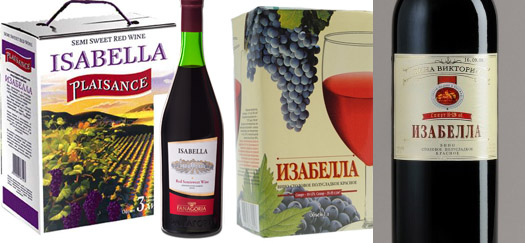
Isabella wine - the record holder for the number of conflicting opinions about its dangers and benefits
Modern winegrowers are divided into two camps. Representatives of one consider the prohibition correct and condemn those who are still raising Isabella. Representatives of the other see a commercial move under the EU ban. After all, Isabella wine successfully competes with other brands, surpasses many with its bouquet, while it is inexpensive, since the variety is problem-free in cultivation.
Description of the variety
The Isabella bush has great vigor of growth, forms thick vines, many stepchildren grow on them. Ripening period of berries - 150-180 days from bud break. The crop is usually harvested in September-October.
Isabella berries are collected in medium-sized cylindrical or conical clusters with an average weight of 200 g. Clusters are loose or semi-friable, the berries are round and small (1–2 cm in diameter), dark blue, almost black, covered with a thick waxy coating. Grapes are poorly stored and transported, they have a technical purpose, that is, they are used to make wines, juices, compotes.
Advantages and disadvantages
| Advantages | disadvantages |
| A very popular variety, with a positive reputation bordering on a sharply negative | Late ripening, not always and not in all regions has time to ripen and gain sugars |
| Unpretentious, you can choose any type of shaping, suitable for beginners | The taste of fresh berries and their consistency, as they say, is not for everybody |
| Berries have a rich strawberry flavor and floral aroma, ideal for winemaking | Poor drought tolerance |
| Does not get sick, is not affected by phylloxera | The bunches and berries in them are small |
| Tolerates frosts down to -30 ⁰C, in many regions it is grown uncovered | Wine and juices from just one Isabella are often very sour |
| Grows well even in waterlogged lands |
Planting grapes Isabella
This is a late variety, so choose a sunny and elevated place for it, which is the very first to be freed from snow in spring. In the middle zone and Siberia, to protect from the prevailing northern winds here, Isabella should be placed on the southern side of the house, at least 1 m away from it.The distance between seedlings in a row is from 1.5 m, between rows - from 2 m.
The size of the planting pit depends on the soil structure in your area. On black soil, a depth of 50 cm is enough, on poor clay and sandy soil - 90 cm, in order to be able to create a large nutritious bed of humus, compost, manure or plant residues.
Video: planting a grape seedling
Isabella is planted according to the classical principle:
- Place 1–3 buckets of organic matter on the bottom, the exact amount depends on the size of the pit.
- Spread a layer of soil from your area over the fertilizer.
- Place a seedling in the center of the hole, straighten the roots. Can be deepened to the first branch.
- Fill with soil removed from the top 30 cm when digging the hole. Deeper layers are considered infertile and cannot be used for planting.
- Water while holding the seedling so that it does not sink into the depths of the sinking soil. Add more earth if necessary.
- Mulch the holes.
- On the north side, departing from the seedling 15–20 cm, set a high stake for a garter of growing shoots.
Growing Isabella from cuttings
Cuttings of grapes, cut in autumn, are treated with a 3% solution of copper sulfate and sent to storage, where the temperature is kept within the range: 0 ... +4 ⁰C. To prevent drying, they are dripped in whole with loose earth or placed vertically in wet sawdust or sand. The third option is to wrap the cuttings in a film and make punctures in it for air exchange.
The optimum thickness of the cuttings is 5–8 mm; each should have three buds.
Experienced people say that it takes only 4 weeks to germinate grape cuttings: in the first two the leaves will bloom, and after another 14 days the roots will grow. Cuttings with roots can be planted in cups for good rooting, followed by transfer to the garden. Another option is to plant them immediately in open ground, but on condition that the air temperature no longer drops below 0 ⁰C. Based on this, we can conclude: germination should be started 4–6 weeks before the day when recurrent frosts stop in your region.
A reliable way to germinate cuttings:
- Place the cuttings entirely in water, preferably snowy water. This soaking should last for two days. You can add honey, aloe juice, Epin and other stimulants to the water.
- Remove the cuttings from the water, dry with a napkin, dip the upper cut of each in melted paraffin or wax (melt a regular candle). As a result, the wound will close, moisture will not come out of the cutting through it.
- Take a jar of such a size that the average bud of each cuttings placed in it is approximately at the level of the neck. Pour about 3 cm of water into the bottom. Mark its top level with a marker. During the germination process, the water will evaporate and be absorbed by the cuttings. The label will help control the volume of water and add it in the right amount. There is no need to change the water for the first two weeks.
- Place the cuttings in a jar. The lower bud should be under water and about 1–2 cm of the stem above it. Germinate on a light ocean. Place the jar away from the glass. Place a piece of polystyrene or a board under it so that there is no contact with the cold windowsill and a sharp drop in day and night temperatures. For the fastest germination, the water temperature should be + 25… +27 ⁰C, and the air temperature + 15… +17 C.
- After 2 weeks, leaves will bloom on the cuttings. However, Isabella is a late variety, by this time her buds can only swell and turn a little green. Do not be upset, change the water and wait a little longer.
- When leaves and shoots begin to grow on the cuttings, the excess must be removed. The cuttings do not have enough strength to open all the buds and give roots. Remove all the cuttings from the jar and place them on a towel or napkin. Break off all the emerging shoots from each, except for one - the topmost one. Place the cuttings back in a jar of clean water. This procedure will have to be repeated several times during germination, since the buds may wake up unevenly before the roots appear on the cuttings.
- Two shoots can grow from the upper bud, one must be broken off. But do it when they grow up well. You can damage the sprouts that have just appeared or break the wrong one.
- After removing unnecessary shoots, the only remaining one will begin to develop faster. From this period, carefully monitor the water level in the bank, it will decrease faster.
A month after the start of germination, and in the case of Isabella, perhaps 1–2 weeks later, roots will appear on the cuttings. Some growers scratch the bark at the very beginning at the bottom of the cuttings to accelerate root formation, but this technique is not necessary.
There is a well-growing shoot and some roots, it's time to plant the cuttings in cups.
- Use loose soil for planting. It can be obtained by mixing in equal proportions river sand, soil from your site, peat and humus (compost). The cups should be with drainage holes. Pour 3 cm of soil mixture on the bottom, place the cutting in the center and cover with earth to about the level of the middle bud. Water and fill the soil well if it subsides.
When the roots fill the entire volume of the cup, transplant the seedling to a permanent place.
Features of caring for Isabella grapes
Isabella has excellent immunity to diseases, she is not afraid of rainy weather and damp earth.Therefore, its owners are exempted from such work as preventive spraying with fungicides. In addition, the variety has great vigor. It does not need to be fertilized and fed often and a lot. It is enough to make:
- In spring or late autumn - 1-2 buckets of humus under the bush.
- In the summer, during the budding period - ready-made complex fertilizer for grapes from the store (Meister agro, Chisty sheet, Florovit, etc.). When choosing a mixture, look at the composition. The presence of trace elements is mandatory, and potassium and phosphorus should be more than nitrogen, for example, nitrogen - 16%, potassium - 27%, phosphorus - 20%.
- In the fall, sprinkle 1.5 tbsp. Evenly into an annular groove 10 cm deep. l. superphosphate and potassium sulfate, water and level the ground.
You can do without feeding at all if you regularly put mulch from cut and dried grass under the bushes. Such litter is gradually converted into humus with the help of earthworms and bacteria and enters the roots in the form of nutrients.
Video: about mulch and its benefits
Isabella tolerates high humidity well, but can die in drought. Therefore, drip irrigation will be the best solution. If it is not possible to use it, then water the bushes 1-2 times a month, but abundantly, in order to wet the entire layer of soil in which the main roots lie, that is, to a depth of 80-100 cm. Stop watering in September, and after harvesting, give last. Its norm is 1.5 times higher than usual.
Forming and thinning bushes
Unpretentious Isabella, nevertheless, will require special attention from you, and it consists in the regular thinning of the bushes. Otherwise, they will quickly turn into vines with a huge number of shoots and small berries. Do form pruning in the fall. Which shape to choose from one, two, or more sleeves depends on the region. So, in the south you can leave 4 branches, in the middle lane - 2, in Siberia - 1–2. The number of shoots and bunches on them is also regulated depending on the weather conditions. The warmer the summer, the more grapes on one bush can ripen.
Beginners should start with a standard shape in two sleeves with 4-5 buds on each fruit arrow. If, with such a formation, all the bunches will ripen, then the number of sleeves and / or buds on the vine can be increased. The thinning of Isabella's bushes will have to be done throughout the warm season.
Isabella thinning stages:
- When shoots grow on the vines, tie them vertically. After the buds appear, remove the shoots that do not have them.
- Also, break or pinch stepsons growing on fruitful shoots from the leaf axils over the second leaf.
- Isabella is able to lay clusters even on stepsons, be sure to remove them, they will not have time to ripen.
- After flowering, when ovaries appear on the brushes, pinch the tops of the shoots on which they are located. So you redirect the forces of the bush to the growth and ripening of berries. At least 10-12 leaves should remain from the brush to the pinching point.
In the south, where different varieties of grapes grow beautifully, Isabella is not given so much attention. The variety is grown in an uncovered arbor form with dry branches cut in autumn. In a long and hot summer, the bunches have time to ripen without any formation.
Video: pinching the tops and stepsons on grapes
How to grow late grapes in the middle lane and Siberia
Many gardeners from the regions of extreme agriculture plant Isabella in their plots, since it is distinguished by good winter hardiness. However, for the harvest to ripen, it needs a warm season of 5–6 months. In the middle lane and Siberia, the summer is much shorter. Frosts stop in mid-May or early June and resume in late August - early September.
At an air temperature of + 7 ... +8 ⁰C, grapes begin to flow with sap, which manifests itself in the crying of the vine, at + 10 ... +12 ⁰C buds bloom. Leaves can damage even light frosts down to -1 ⁰C. Optimum temperature for growing green mass and flowering: + 20 ... +25 ⁰C, at +14 ⁰C and below the buds crumble, shoot growth slows down. Flower buds of the next year are laid at + 25 ... +30 ⁰C, in the same conditions the berries should sing. The lower the temperature, the longer the crop will ripen. At +14 ⁰C, the synthesis of sugars stops, the berries do not ripen, they remain sour.
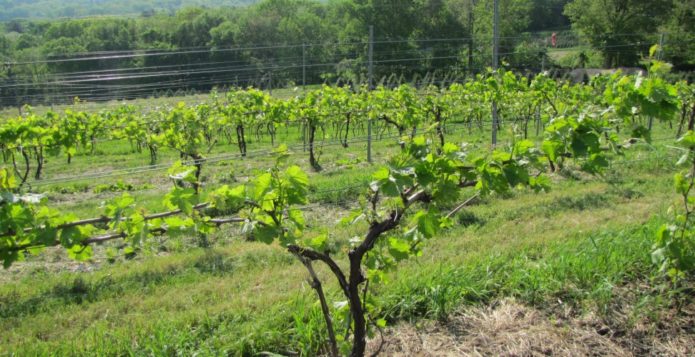
In the spring, the vines are tied up horizontally, the shoots are just beginning to grow, the bushes are still compact, they can be covered
The peculiarity of caring for Isabella in the middle zone and Siberia is to provide her with warmth:
- If mulch was laid in the fall, remove it in the spring so that the earth warms up faster and the roots wake up. Then cover again with straw or other materials. Their layer will maintain a constant temperature of the soil, will not allow it to cool down much at night.
- From early spring to late autumn, keep heat accumulators (water bottles) under the bushes.
- On the north side, you can put a foil screen, it will heat up in the sun and reflect its light. As a result, the vines will receive more solar energy.
- When the berries are ripening, cut off the shading leaves. But don't do this on hot days. In the sun, the bunches will bake, they will stop growing and ripening.
- At the end of summer - in the fall, you again need to shelter the grapes from cold dews and frosts.
In the northern regions, with all efforts, Isabella is gaining 6-8% of sugar, exceptions are only abnormally hot for these territories in summer. For comparison: in Crimea, the share of sugar in the berries of this variety reaches 18-24%.
Isabella's Harvest Processing
Isabella became famous as a technical grade. Beautiful, aromatic juices and wines are made from it. In most regions of Russia, Isabella berries do not gain sugars, they remain sour, but in spite of this, they are used in winemaking. To muffle the acid, many add more sugar. But the problem is not solved, the wine is sweet and at the same time very sour. Experienced advise the juice of Isabella to be diluted with water or juice of other grapes. Then you get a delicious drink and good raw materials for winemaking.
Video: Isabella Wine Recipe
Winegrowers reviews
And we grow Isabella in the country. Very tasty grapes, and what kind of wine is made of it, mmm - a fairy tale.
Tastes change, 15 years ago I also considered Lydia and Isabella to be delicious grapes (the taste of Asians was already forgotten, but I was not familiar with new table hybrids yet), now I pass by indifferently, I can't even pick one berry.
In the courtyard on September 1) and there was no summer. My grapes Isabella are overgrown in a deplorable state, the fruits are green, dense thickets and that's it.
"Isabella" has been growing at the dacha for 15-16 years already, the harvest every year,
Regarding Isabella as a variety, I would not recommend planting it. Firstly, it is unlikely that you will mature. And secondly, the taste of foxes, few people like. The only plus of this variety is winter hardiness.
I have grapes Pearls Sabo and Isabella. Very light and easy varieties to grow.
Isabella grapes are good for beginners because they do not require special care and easily tolerate mistakes when forming. It recovers quickly after cardinal pruning or freezing. On a professional site, a variety can become an additional one, occupying a technical niche. In the northern regions, Siberia, the middle zone, Isabella is best grown in a greenhouse. To replenish the diet with fresh berries, plant other varieties with larger, tasty fruits of a pleasant consistency.
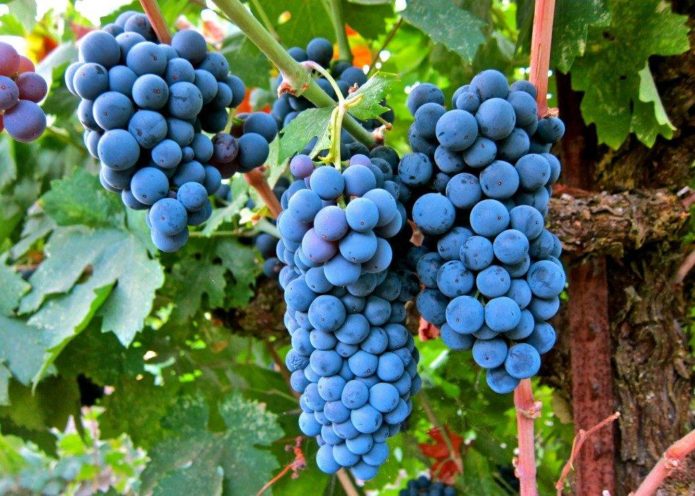
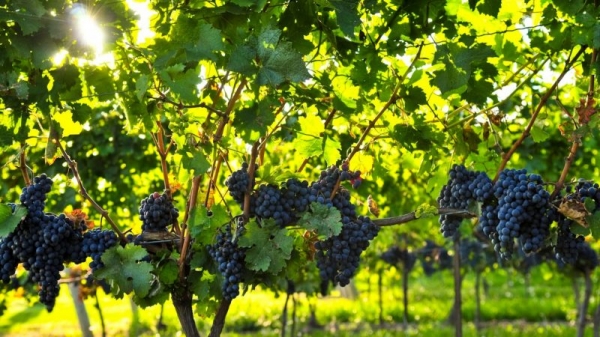
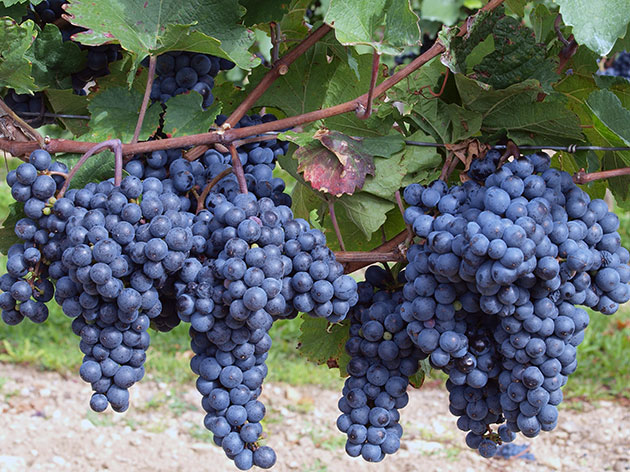
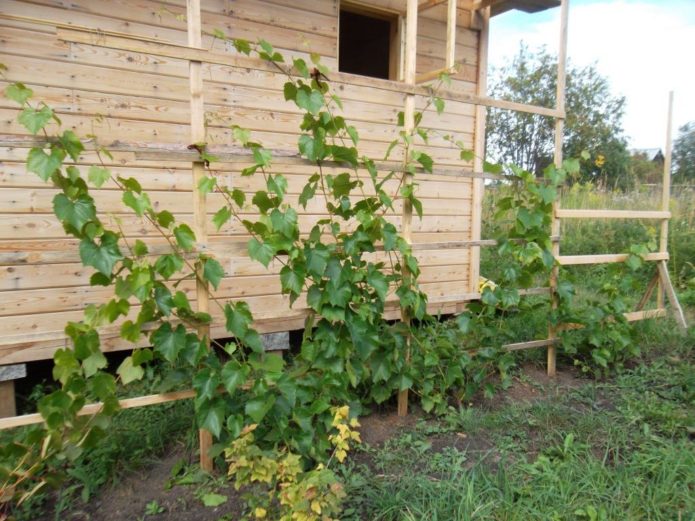
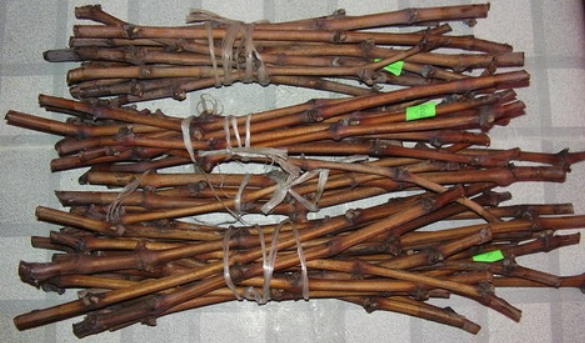
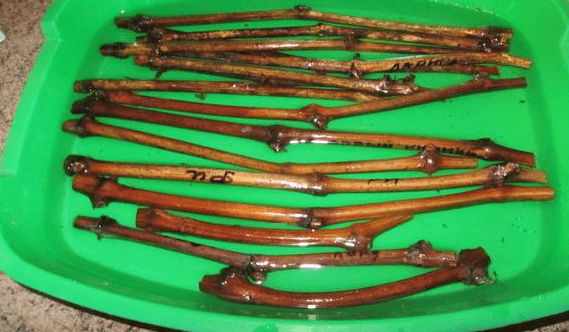
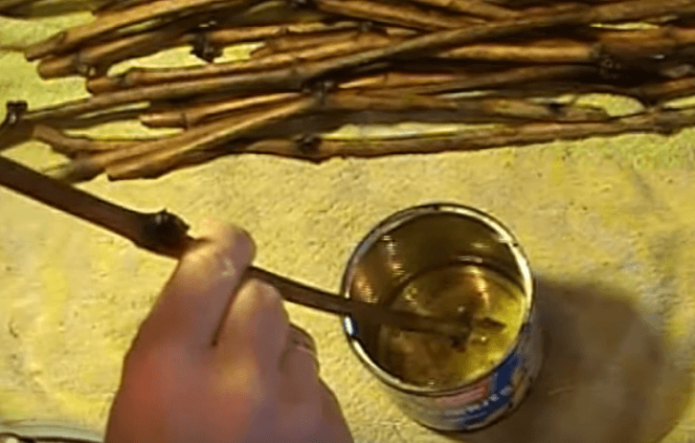
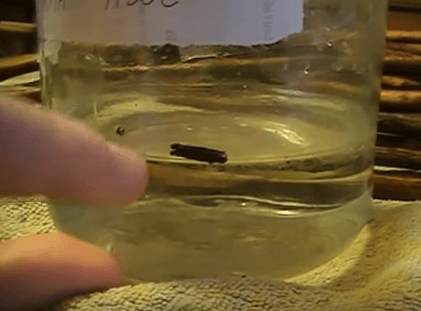
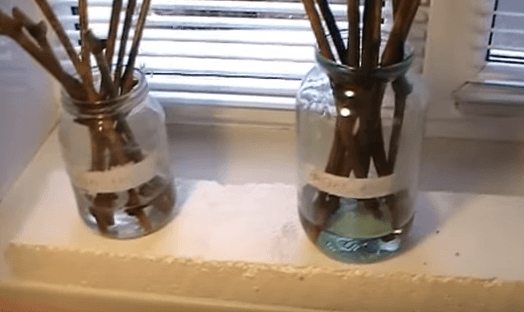
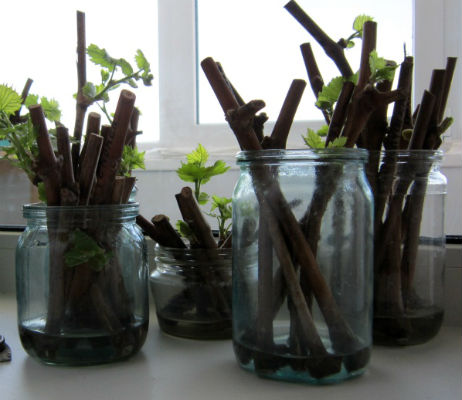
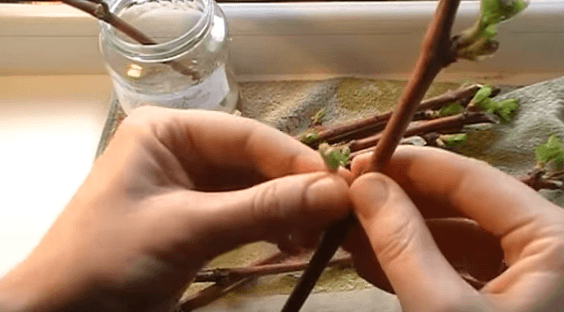
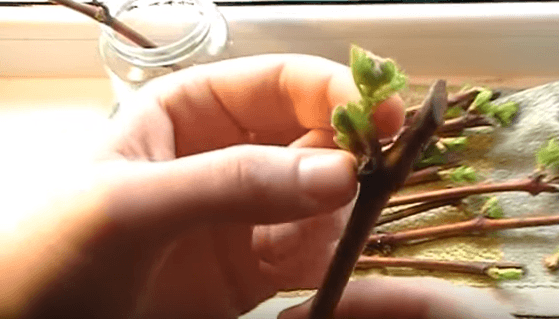
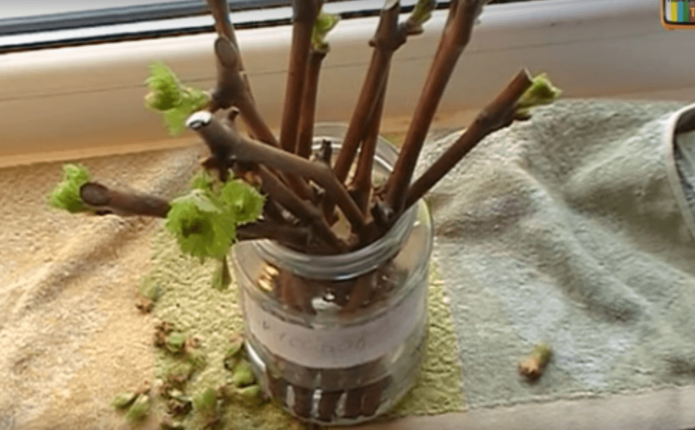
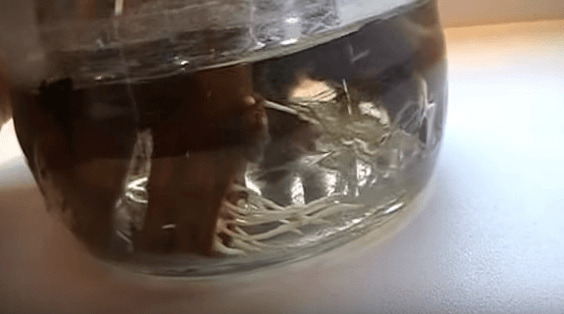
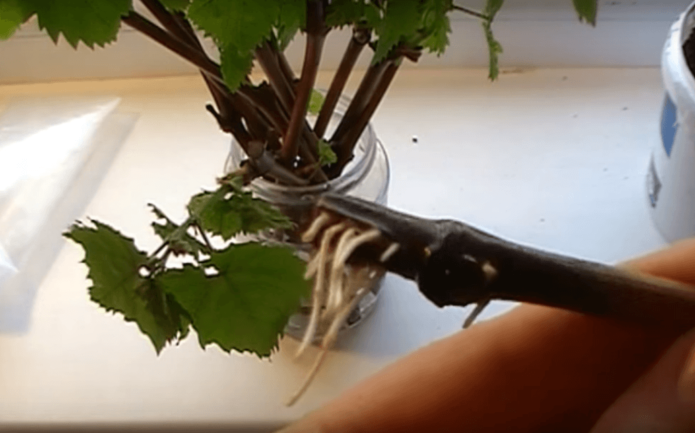
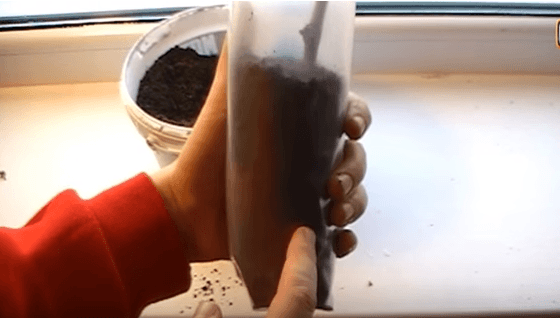
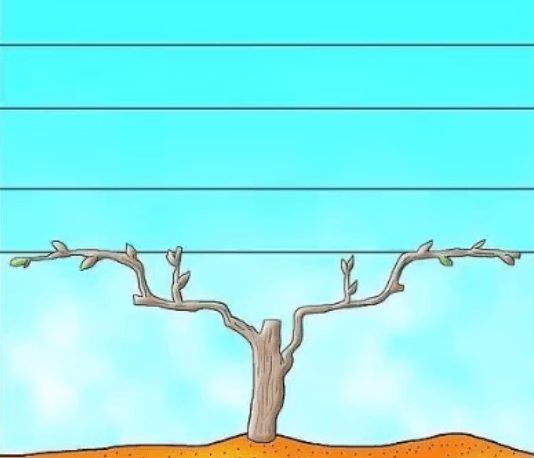
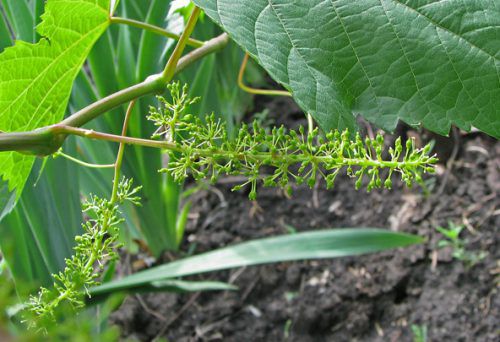


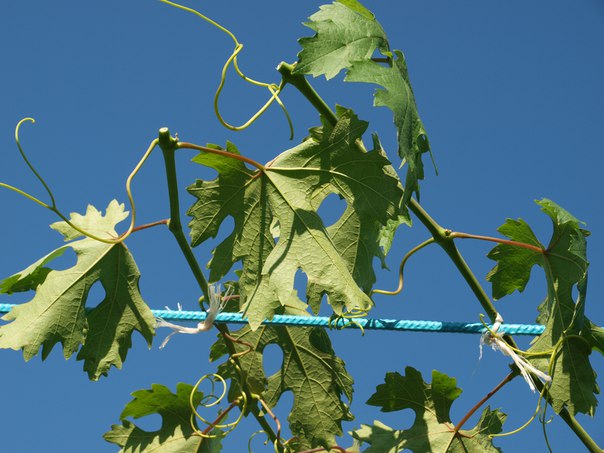
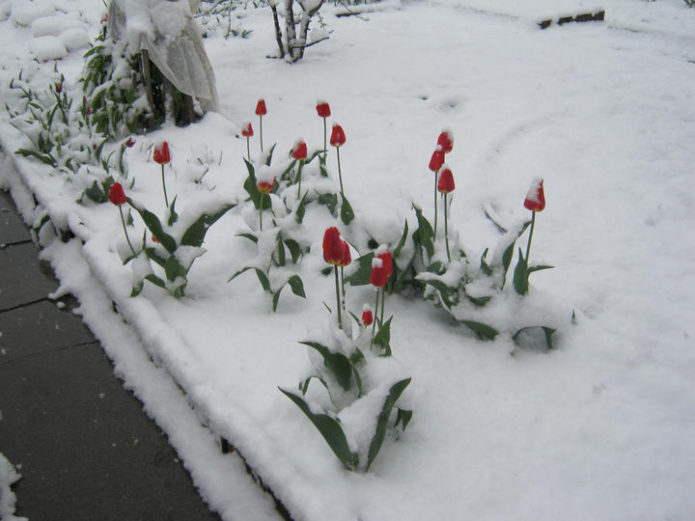

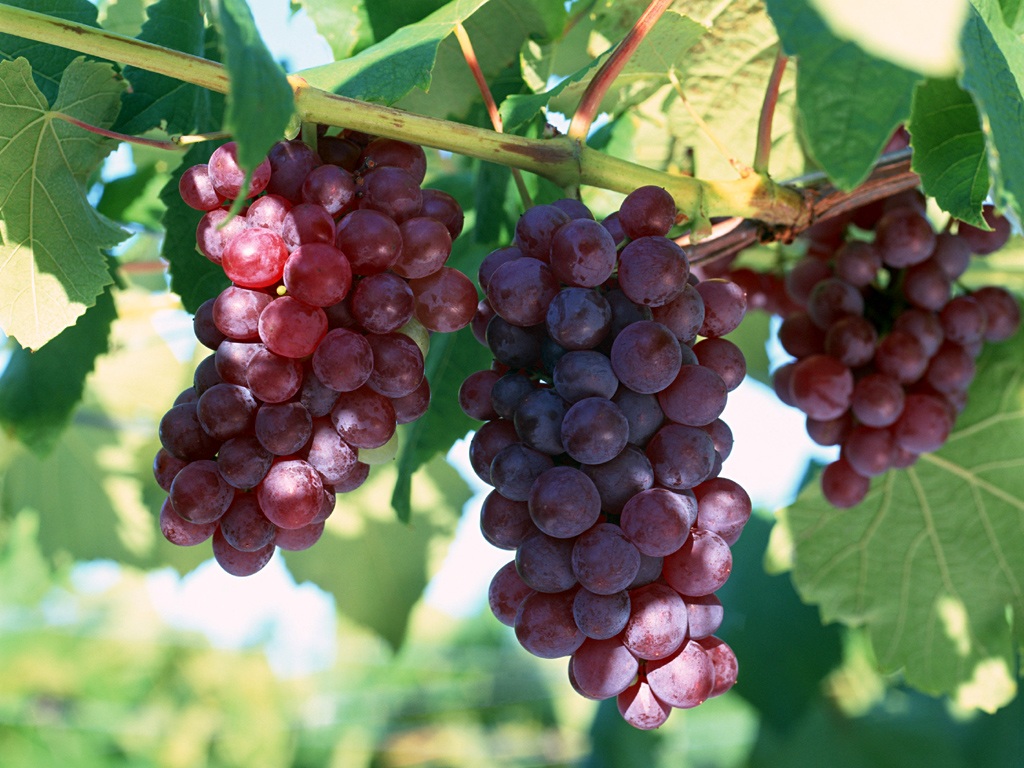

1 comment